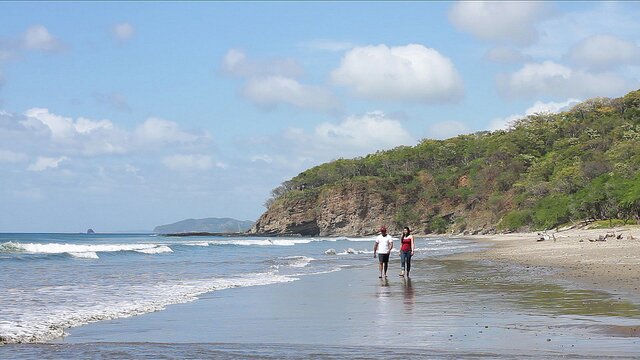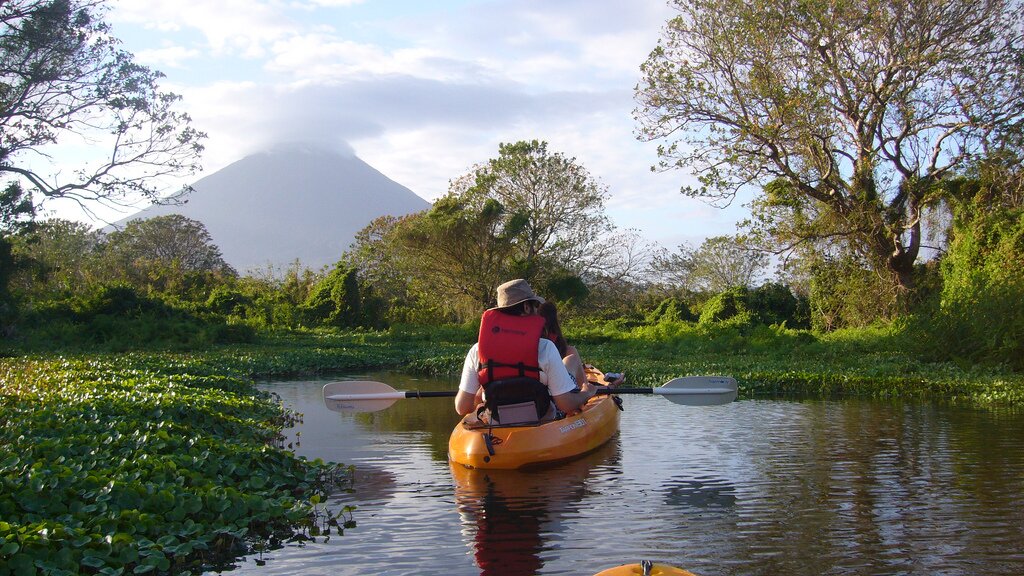Vea esta publicación en español | Voir l'article en français

What do you look for when you're choosing a vacation destination? Have you ever noticed that most popular tourism destinations are located near a body of water? Whether it's a vast blue ocean, a serene lake, or a bubbling river teeming with wildlife, water is a huge part of tourism. Not to mention the water that travelers use for drinking, showering, and other basic needs.
It's extremely important to consider the impact of your vacation on local water resources. The following tours showcase stunning waterways and ensure a light water footprint, and all of them are led by members of Tour Operators Promoting Sustainability (TOPS), a Rainforest Alliance network of Earth-friendly, local tour operators.
Costa Rica:
Costa Rica Sun Tours has a "Turtles, Whales & Dolphins" tour for marine wildlife lovers.
Nicaragua:
Gray Line offers a "Water & Tourism to Protect Our Future" tour on the legendary Lake Nicaragua.
VaPues Tours offers a "Rainforest Alliance Green Itinerary" that showcases the diverse and beautiful regions of Nicaragua.
DeTour, Viajes y Cultura has a "Land Surrounded by Water" tour that features cloud forests, volcanoes, and environmental education.
Peru:
Condor Travel's "Volunteer Program: Misminay Water Project" gives travelers the opportunity to meet and work with a rural community.
Mexico:
Explora, Ecoturismo y Aventura offers a "Highlands to the Lacandon Jungle" tour that visits indigenous rainforest communities.











